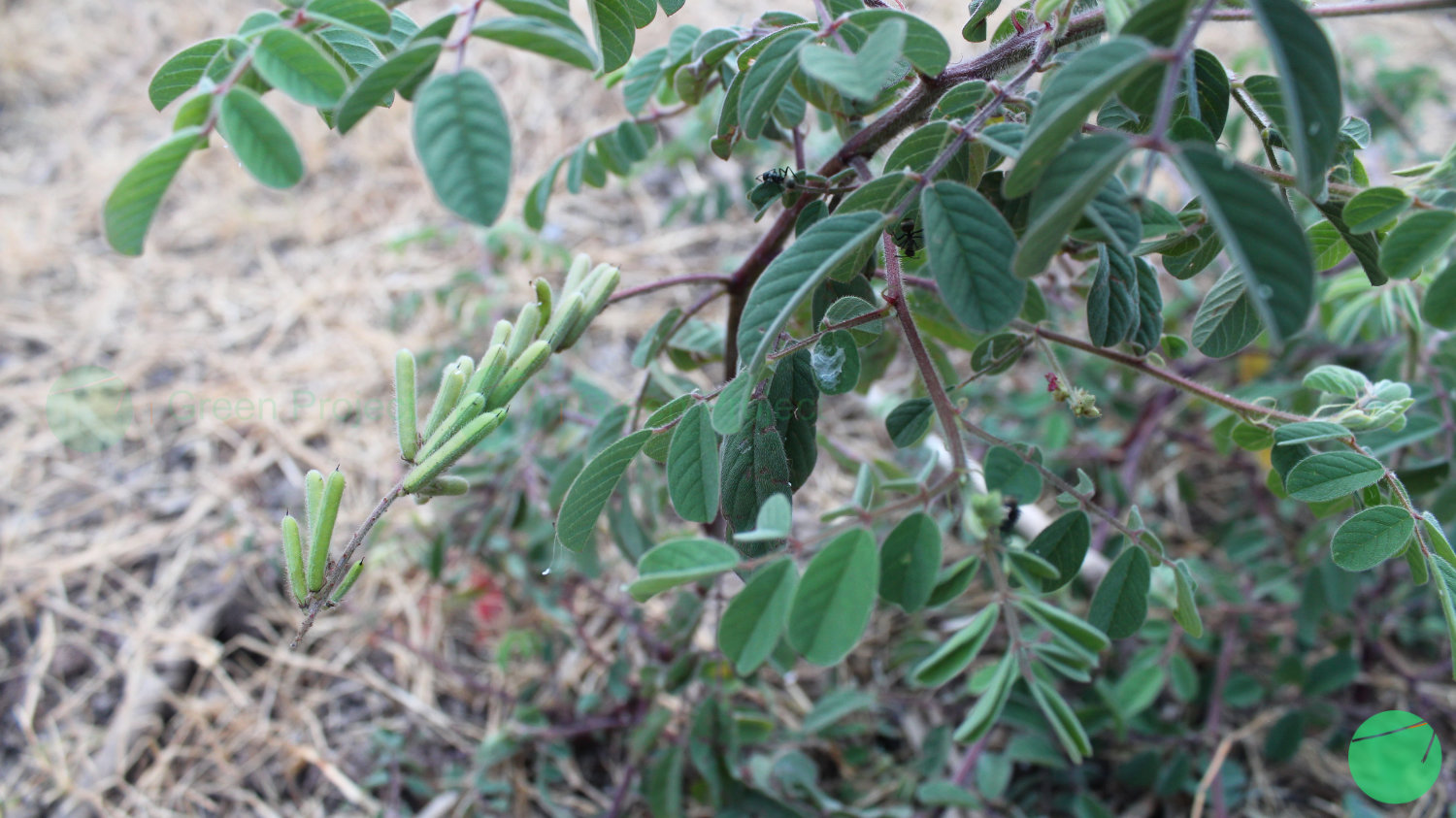Naming Identity
The jukut lulut plant or also known as tebawang amjak in the Sulawesi area is scientifically called Indigofera hirsuta in Latin. Another name for Indigofera hirsuta in Latin is Anila hirsuta (L.) Kuntze. Internationally this plant is known as hairy indigo.
In Chinese, this plant is known as ying mao mu lan, indigotier herisse in French and anil de pasto in Spanish. In India this plant is known as chota sirphonka, tanuki-komatsunagi in Japan and cermai burong in Malaysia.
Taxonomy
Kingdom | Plantae |
Phylum | Tracheophyta |
Class | Magnoliopsida |
Order | Fabales |
Family | Fabaceae |
Genus | Indigo |
Species | Indigo hirsuta |

Origin and Distribution History
The hairy indigo plant or Indigo hirsuta is a plant that naturally grows in countries on the African continent starting from Senegal, Sudan, Congo, Zambia, Mozambique, Angola and Madagascar. This plant then spread to the Asian region including Southeast Asia, South Asia and East Asia as well as the Australian region which includes northern Australia and Queensland (Marianne Jennifer Datiles & Acevedo‐Rodríguez, 2022). Now the I. hirsuta plant has been distributed and naturalized in several tropical regions of America such as Argentina and southern Georgia in the United States.
However, even now there is still a number of debates regarding where this plant actually comes from. Apart from the many sources which say that this plant is a native plant originating from Asia and Africa, there are also other sources that say the I. hirsuta is a native plant in countries other than Asia and Africa, for example in Ecuador and Brazil.
This plant has been widely introduced as a cover crop and forage crop but has now been declared a weed, especially for agricultural land. This plant was cultivated as a green manure in Bogor, West Java, Indonesia in the 19th century and was also introduced for cultivation in Malaysia in 1913 (Marianne Jennifer Datiles & Acevedo‐Rodríguez, 2022).
Growth and Shape Description
The hairy indigo plant or Indigofera hirsuta is an annual upright herbaceous plant that can grow to a height of up to 1.5 meters. However, in general, this plant grows spreadingly to form a low-growing ground cover plant (Hairy Indigo, Indigofera Hirsuta Fabales: Fabaceae - EDDMapS, 2018).
The stem is reddish in color with a round, jagged shape and is covered in reddish hairs. The leaves grow alternately and can reach a length of up to 2.5 to 10 cm and are divided into 5 - 7 opposite leaves. Meanwhile, the length of the leaves can reach up to 1.5 to 4 cm with an oval, elliptical shape and a smooth surface.
The flowers are pea-shaped with a brick red or rose red color. The fruit is covered with small, straight hairs and the pods can reach 2 cm in length.
This plant can grow on empty land, land without fertilizer, or in dry and damp soil conditions. In Indonesia, it can be found as an agricultural weed.

Benefits of Indigo hirsuta for Health and Other Uses
In accordance with its distribution history, the Indigo hirsuta plant can be used as a ground cover and forage plant or as green fertilizer, especially for tea, coffee, and rubber plantations. Similar to the species I. tinctoria, I. hirsuta is also widely used as a dye.
In traditional medicine in the Philippines the leaves of this plant are used to treat stomach problems such as diarrhea and colic while in Ghana the leaves are used as a lotion for yaws (a long-term or chronic bacterial infection that often attacks the skin, bones and joints) (Marianne Jennifer Datiles & Acevedo‐Rodríguez, 2022). Apart from that, the I. hirsuta plant can also be used as animal feed and poison (Indigofera Hirsuta L. | Plants of the World Online | Kew Science, 2018).
In Indonesia, species from the genus Indigofera are widely used as goat feed and textile dyes, especially batik cloth. It doesn't stop there, Indigofera is also used as medicine because it contains chemical compounds that function as antipyretics, laxatives and diuretics, and also are useful in curing pain caused by the attacks of snakes, bees, and biting insects (Suharlina, 2014). However, its use as a medicinal plant has not been widely studied in Indonesia so the success of its application and side effects still need to be considered.